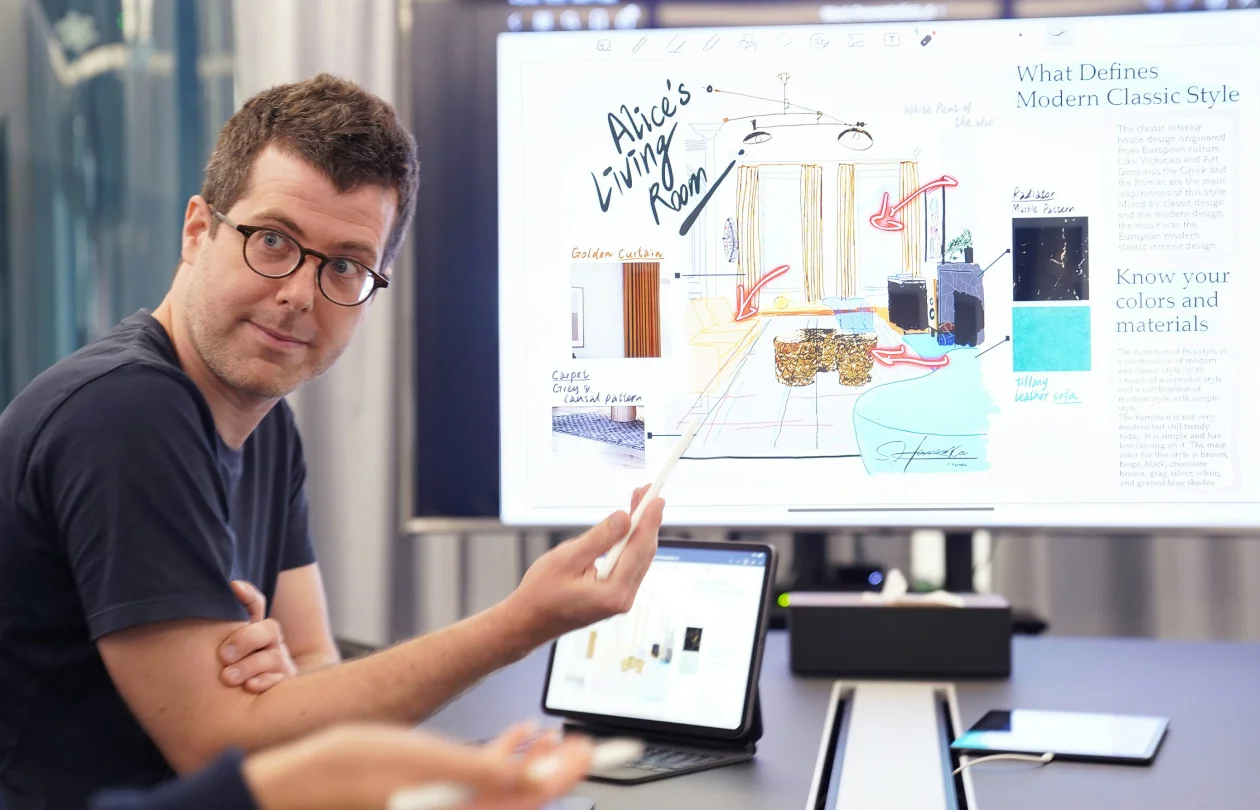5 July, 2023
The Role of User Engagement in Product Success

Jerome Bell
Biffco Enterprises Ltd.
Introduction:
Personalized experiences are crucial for retaining users in today's competitive digital landscape. By tailoring interactions and content to individual user preferences and behaviors, you can significantly enhance user satisfaction and loyalty. This article explores the strategies and benefits of personalized experiences to boost retention rates.
Understanding the Importance of Personalization
Personalization helps create a more engaging and relevant experience for users. Key benefits include:
Enhanced User Satisfaction: Users are more likely to be satisfied when they feel understood and catered to.
Increased Engagement: Personalized experiences can lead to higher levels of interaction with your product.
Improved Retention Rates: Satisfied and engaged users are less likely to churn and more likely to remain loyal customers.
Strategies for Implementing Personalized Experiences
To effectively implement personalization, consider the following strategies:
A. User Segmentation
Demographics: Segment users based on age, location, gender, and other demographic factors.
Behavior: Group users according to their in-app behaviors, such as feature usage, purchase history, and interaction patterns.
Preferences: Use data on user preferences and interests to create more tailored experiences
B. Personalized Content Recommendations
Dynamic Content: Use algorithms to recommend content, products, or features based on individual user behavior and preferences.
Email Campaigns: Send personalized emails with relevant content, updates, and offers tailored to each user's interests.
C. Customized User Journeys
Onboarding: Create personalized onboarding experiences that guide users through the features most relevant to them.
In-App Messaging: Use in-app messages to provide personalized tips, updates, and reminders based on user activity.
Tools and Technologies for PersonalizationTo effectively implement personalized experiences, leverage the following tools and technologies:
Analytics Platforms: Use platforms like Google Analytics, Mix-panel, and Amplitude to gather and analyze user data.
Machine Learning Algorithms: Implement machine learning algorithms to predict user behavior and preferences.
Personalization Engines: Utilize personalization engines like Dynamic Yield, Optimizely, and Adobe Target to deliver tailored experiences.
“By using Uszen's behavioral analytics for personalized recommendations and targeted campaigns, Company A increased user engagement by 30% and improved customer retention by 20% in just three months through real-time feedback and experience refinements.”
Conclusion:
Personalized experiences are essential for boosting retention rates and fostering long-term user loyalty. By understanding user behavior, preferences, and needs, you can create tailored experiences that enhance satisfaction and engagement. Implement the strategies and tools discussed in this article to start reaping the benefits of personalization.









